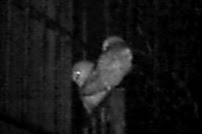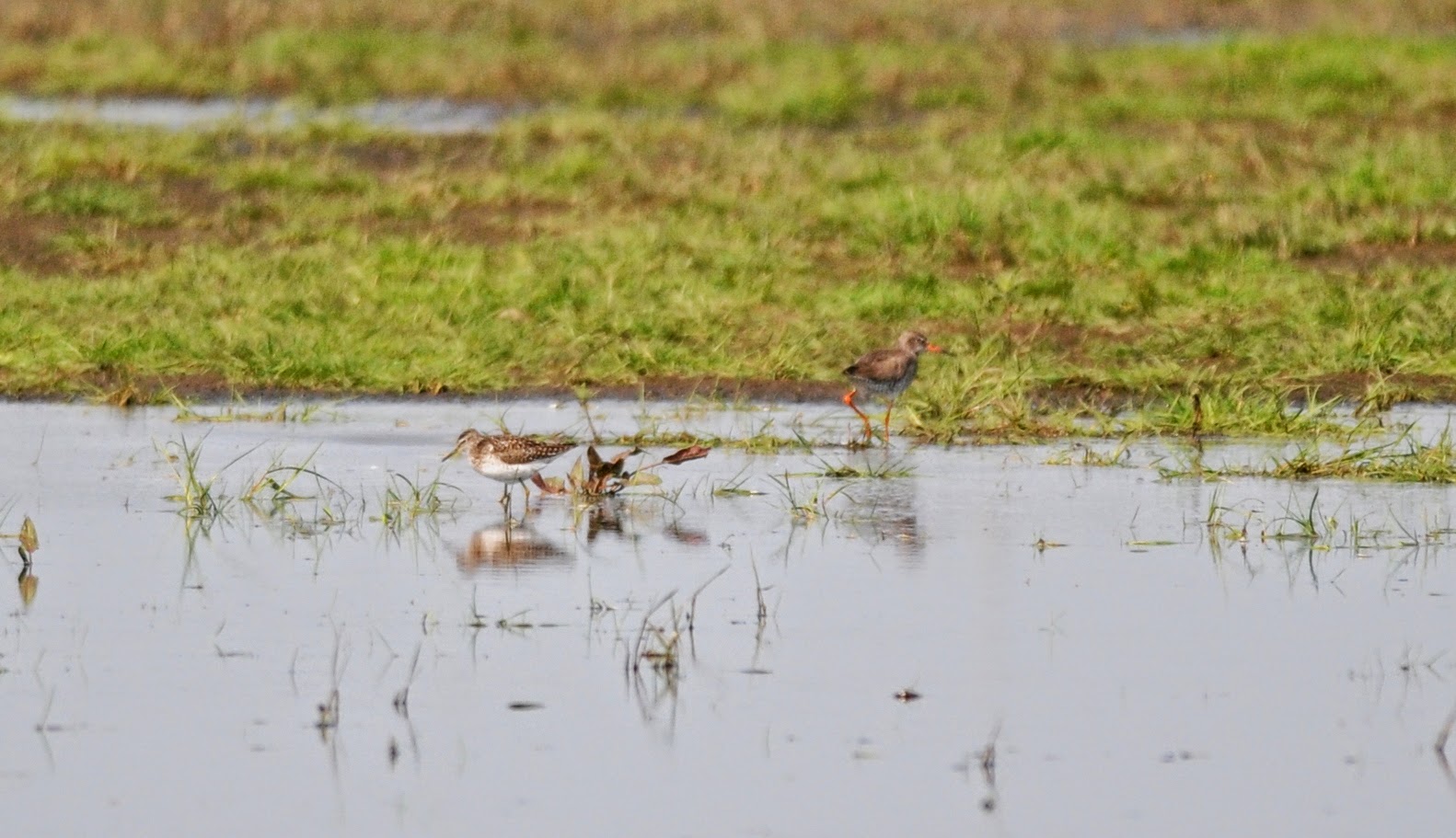As some may know I am involved in the Thames, more specifically winter roosting waders and riverside structures/jetties along the Thames corridor, the aim is to try and get them recognised as a habitat. What initially started out within the London Natural History Boundary (20 mile radius from St.Pauls) 4 winters back may well now extend along its length as far as Southend.
For this I have to thank the London Wildlife Trust, Environment Agency, PLA and the Thames Estuary Partnership for pushing the idea forward, it is moving forward and the wheels are turning, not as fast as I would like but it is progressing.
I also have to thanks my mates for turning out in the depths of winter and doing a coordinated count of roosting birds at high tide.
 |
| Fords Dagenham roost with 300+ Black Tailed Godwits on board |
Another aspect and spin off from this which was highlighted about 4 years ago is the use of redundant or even usedDolphin Jetties, they make brilliant Common Tern breeding platforms.
 |
| A Dolphin Jetty, this is the regular Common Tern breeding colony |
For those that are not aware Dolphin Jetties are positioned at either end of the larger jetties, around 40 metres away, there sole use is to secure the ship at the Bow and Stern by large ropes anchored to the Dolphin Jetty.
They are anchored permanently to each particular Dolphin Jetty and when a ship arrives, the lengths of rope are still laying on the main Jetty to secure the ship.
Consequently this means that no one ever goes on each particular Dolphin Jetty, unless to replace a rope, this means that they are a haven for wildlife, in particular Common Terns and Oystercatchers.
A Dolphin Jetty is pretty largish, I would say around 10 times the size of a normal Tern Raft, due to this and the one I watch regular with 25+ pairs on it, the numbers makes for better defence from predation from Herrings, Lesser Black Backed and Great Black Backed Gulls. They simply cannot get near it, and I have seen this, they are attacked by 20+ Terns at the same time, it works and works well due to the size of the colony.
With Common Terns losing out to Black Headed Gulls on the larger Reservoirs, (Broadwater Lake for one) unused or even used Dolphin Jetties may well become an important resource – i.e. to safeguard numbers and large colonies in London.
Last year I blogged about a pair of Oystercatchers on the regular colony, by nesting with the Terns they automatically gain there protection, whether it was an intentional move is hard to say, the Terns gave them no trouble as there not seen as a threat.
 |
| The breeding colony of Common Terns |
My idea with the number of Dolphin Jetties along the Thames is to utilise them for wildlife, it could be done at very little cost.
All you would need is an exterior haunch board, a covering of pea shingle and some pieces wood/logs to break it up into sections giving cover to chicks, if you want to go the whole hog, half moon salt glaze pipes here and there to give young cover also.
 |
| The colony on the centre jetty, the left hand jetty could soon be adapted to further increase the size of the colony. |
 |
| The left hand jetty |
Pretty soon a meeting will take place, hopefully a few pilot schemes like the empty jetty below can be put in place.
 |
| As above, ready to be used complete with waiting Common Tern |




















